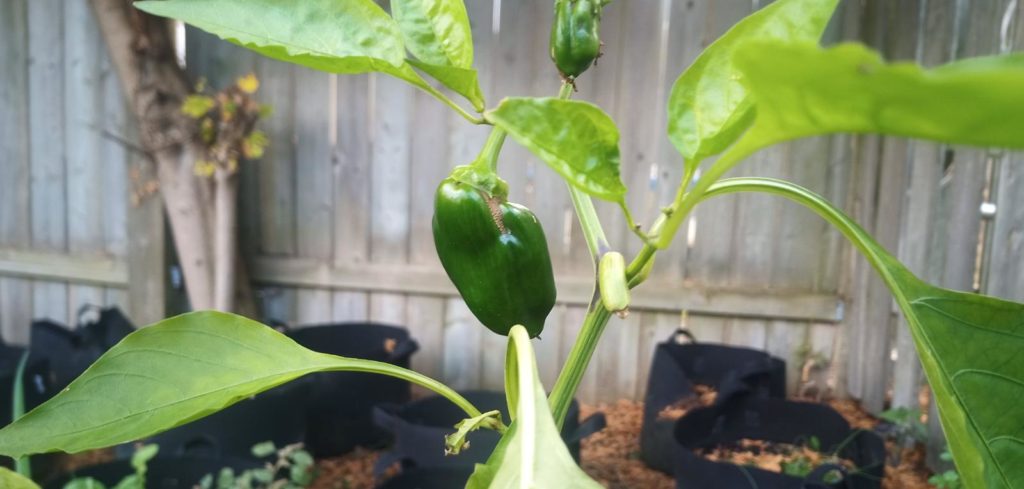How the pandemic has affected food waste within homes
Canadians waste a lot of food. Leftovers and misplaced food items tend to be the main source of wastage in most homes.
We had a look into our fridges to see what products get wasted and got help from an expert.
Video by Riley Wiley
Multimedia by Sofia Ariza
Written by Syeda Wafa
According to Love Food Hate Waste the average family wastes about 140 kilograms of food and about 2.2 million tons of edible food gets wasted per year in all of Canada.
Ralph Martin, a retired professor from the department of Plant Agriculture at the University of Guelph, shed some light on the effect the pandemic had on food wastage and ways to reduce it.
“In Canada we don’t treat food as something special, we often treat it as something that is just taken for granted,” said Martin.
The effect of COVID-19 on food waste
Martin says that people who grow their own products, especially the people who planted gardens as a result of the pandemic, will have more respect for the food they eat.

Since families have no choice but to stay indoors, many have taken interest in baking and cooking and Martin thinks this can decrease food waste.
“I think in the pandemic people are paying more attention to food…the more you have direct experience with food, I think the probability gets higher and higher that you are going to waste less of it,” said Martin.
One insightful tip Martin provides is to shop more frequently, it decreases chances of waste that is collected from excessive amounts of food all bought at once.
“I think it’s really important to understand how to cook in a way you can use leftovers,” said Martin.
Interactive on food waste in Canada (Sofia Ariza/RSJ)

Leave a Reply